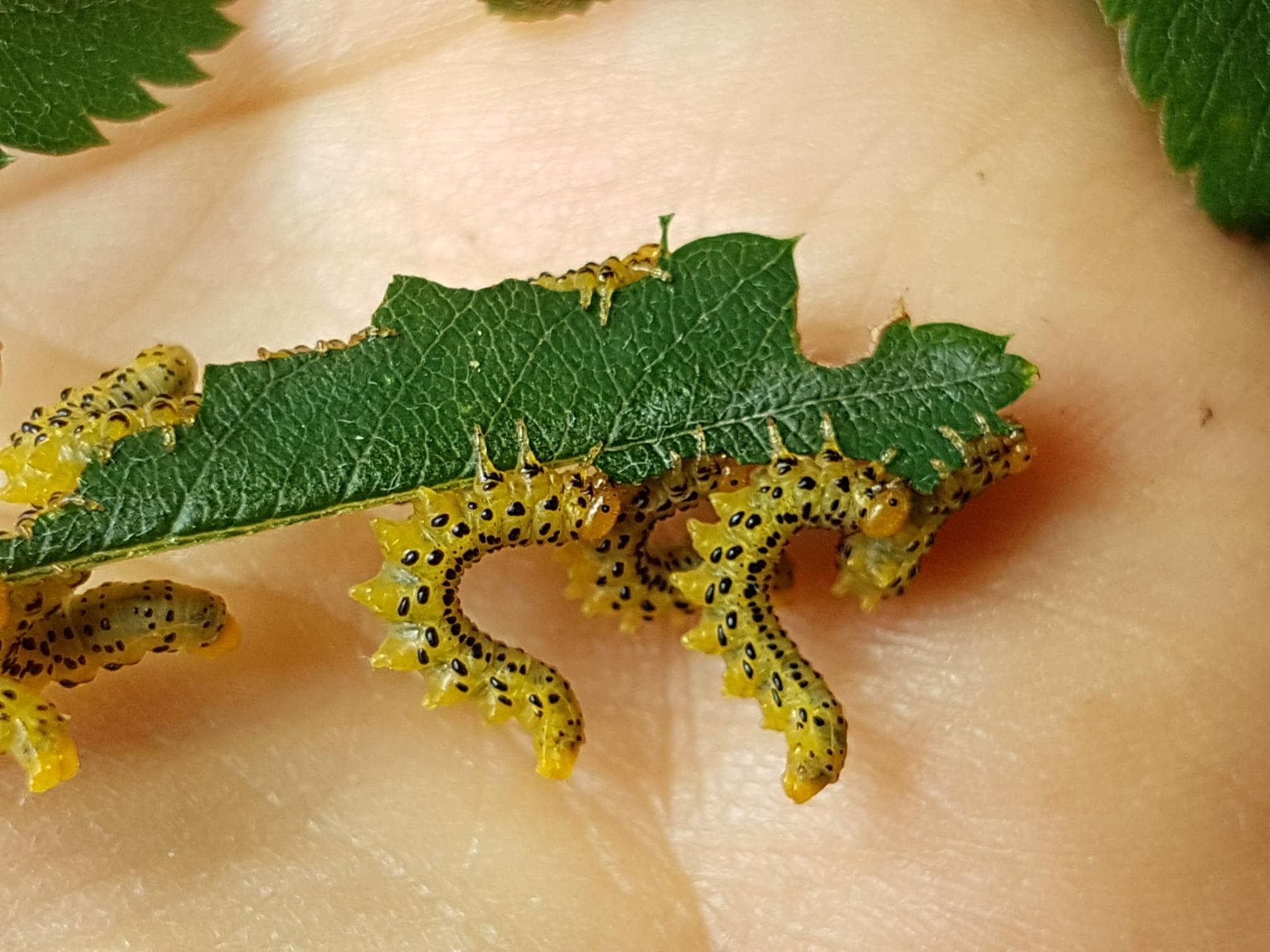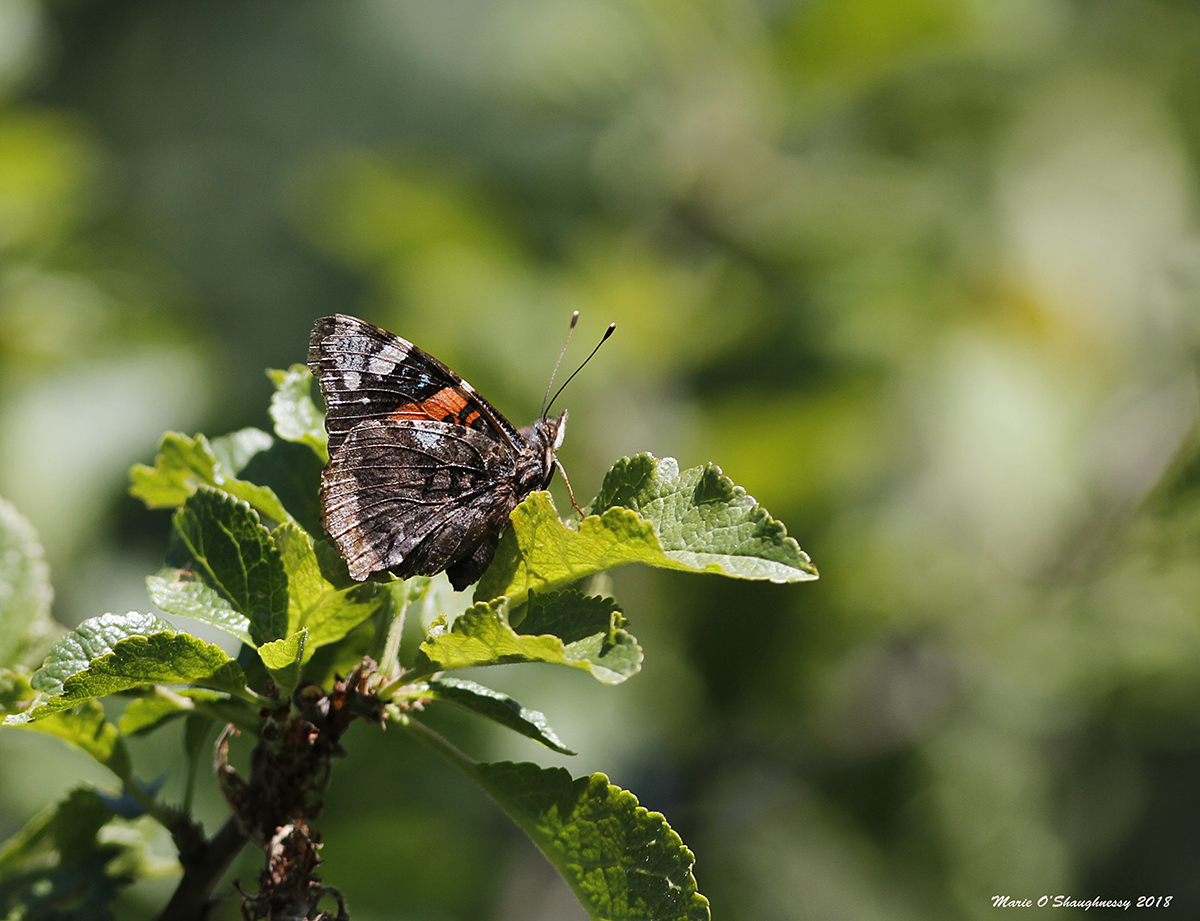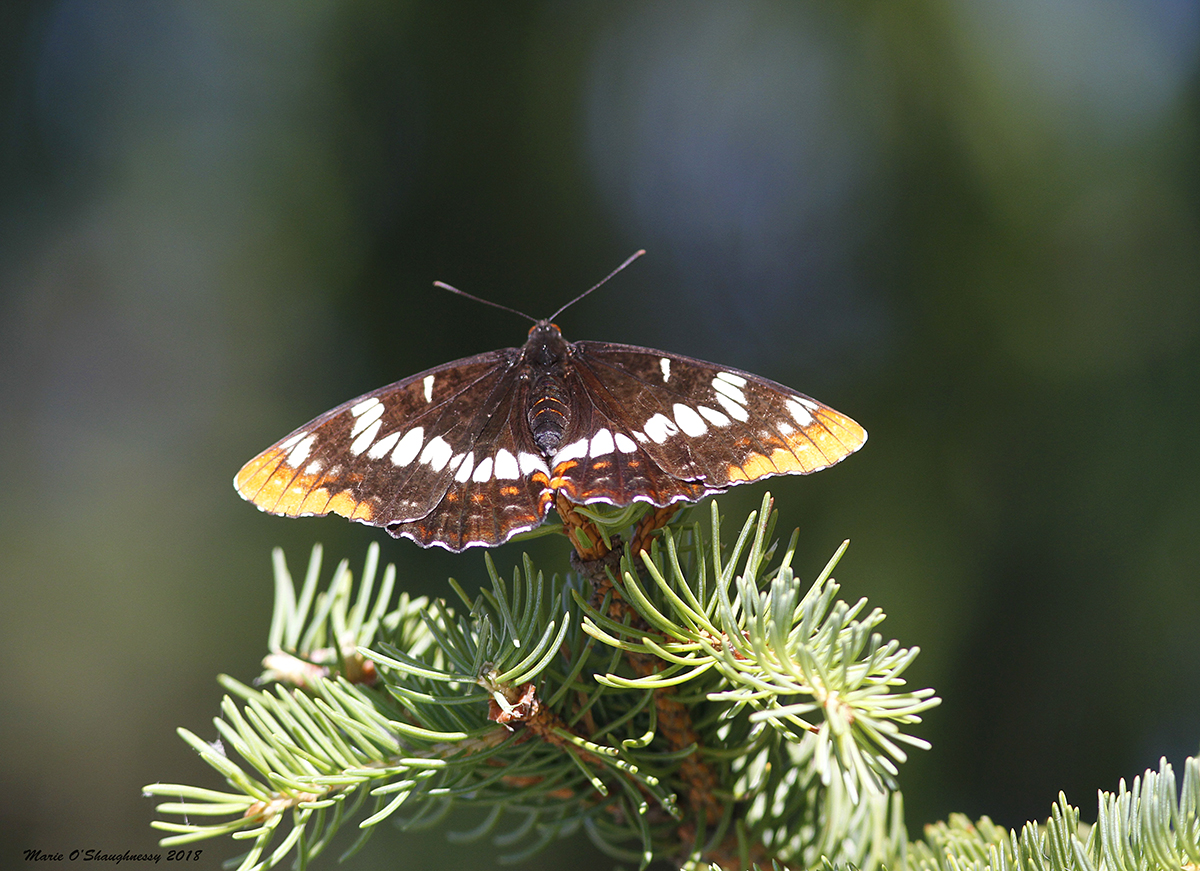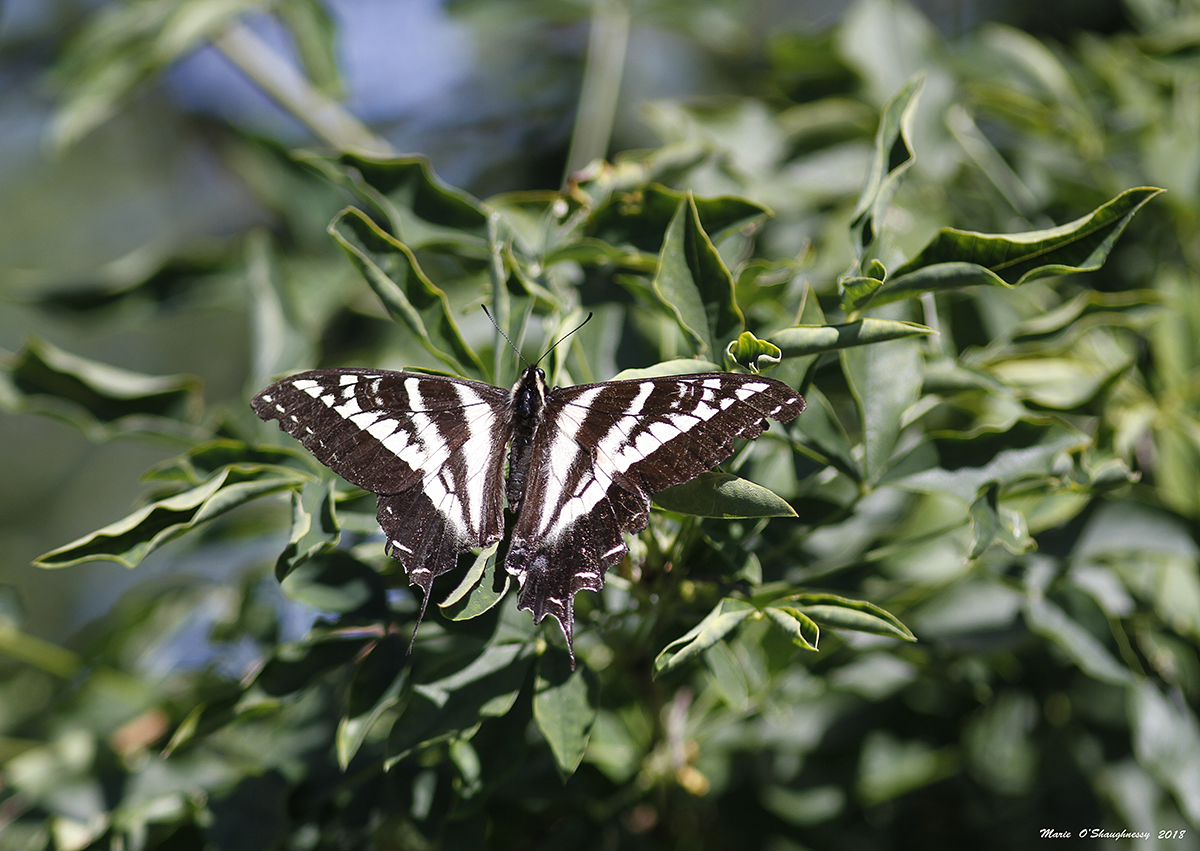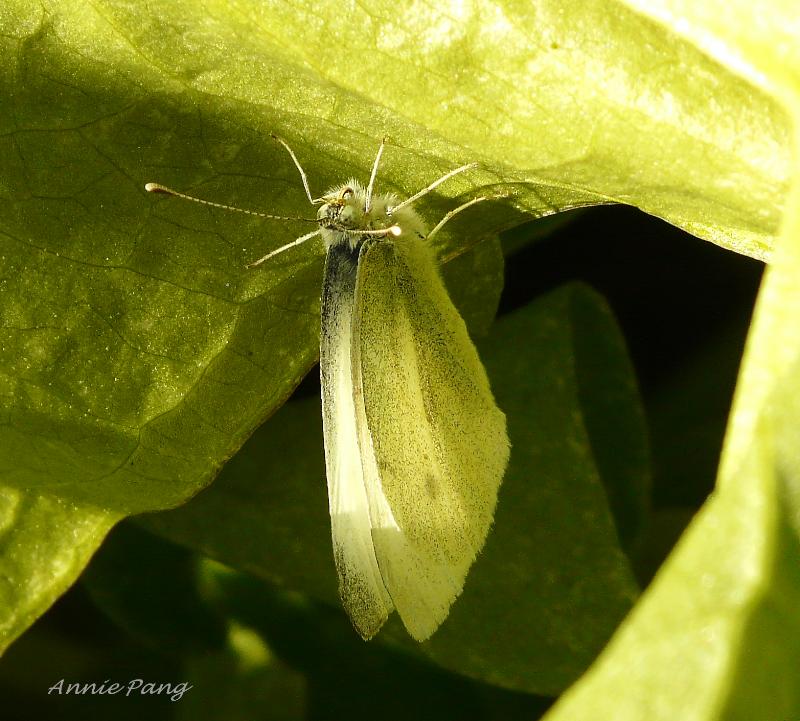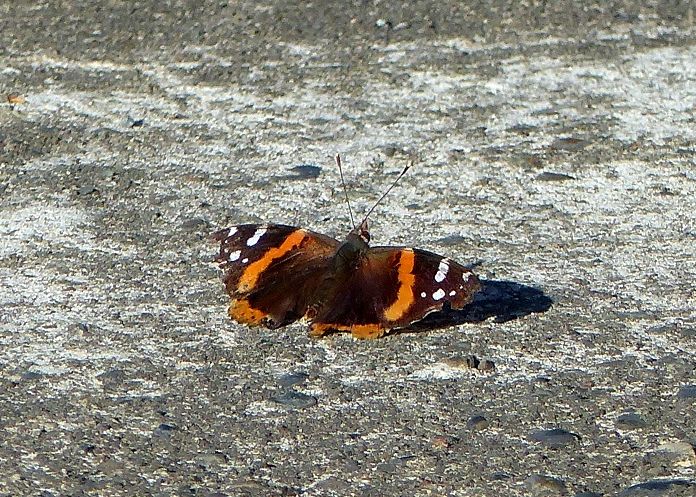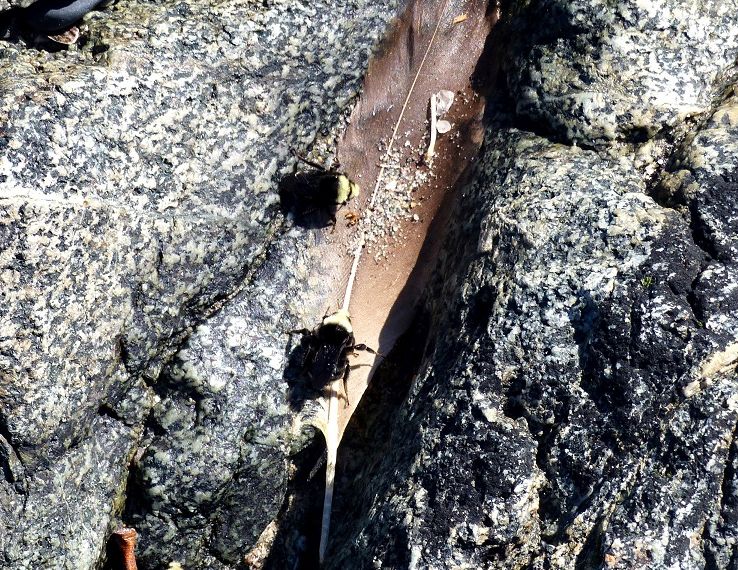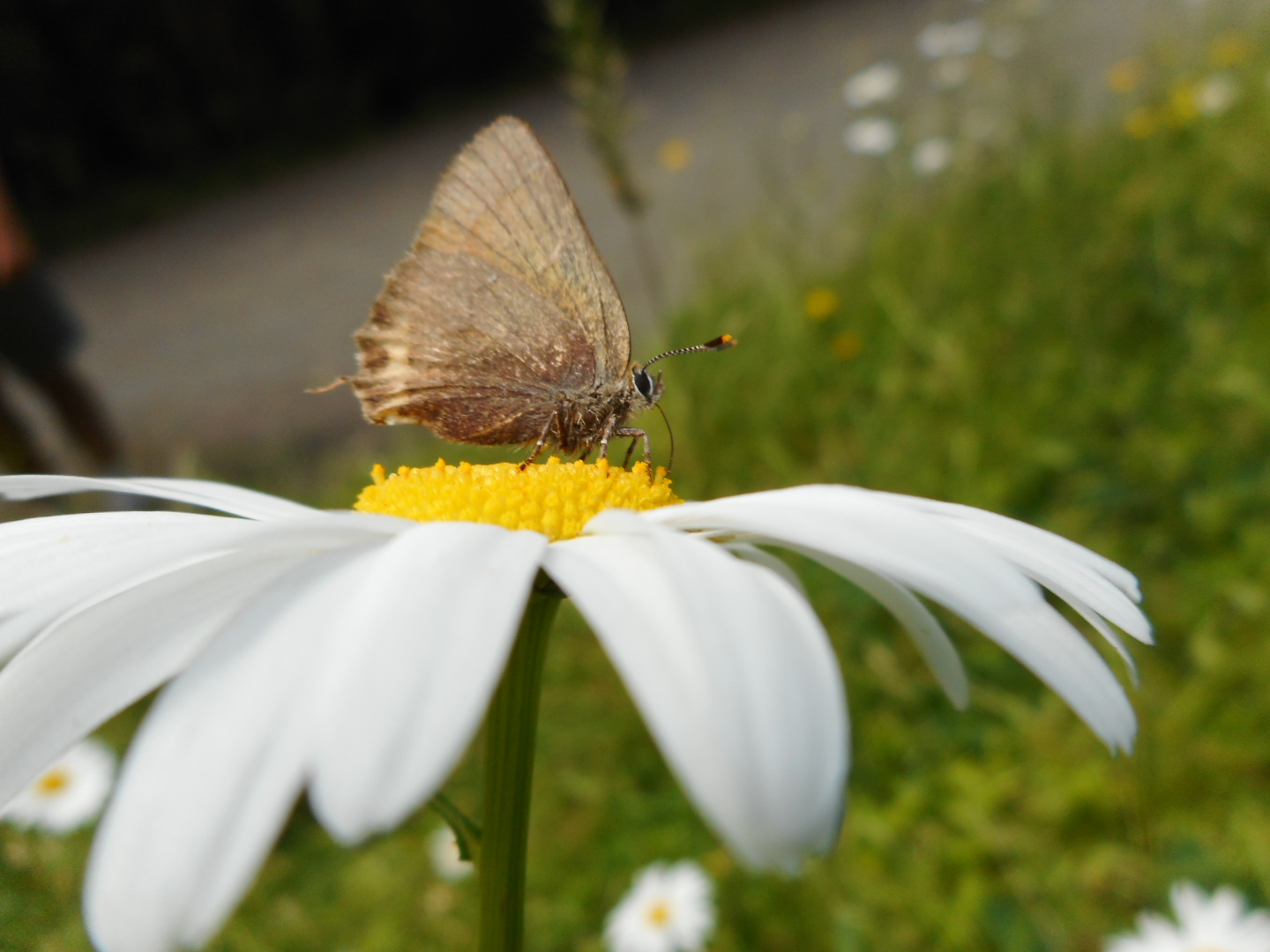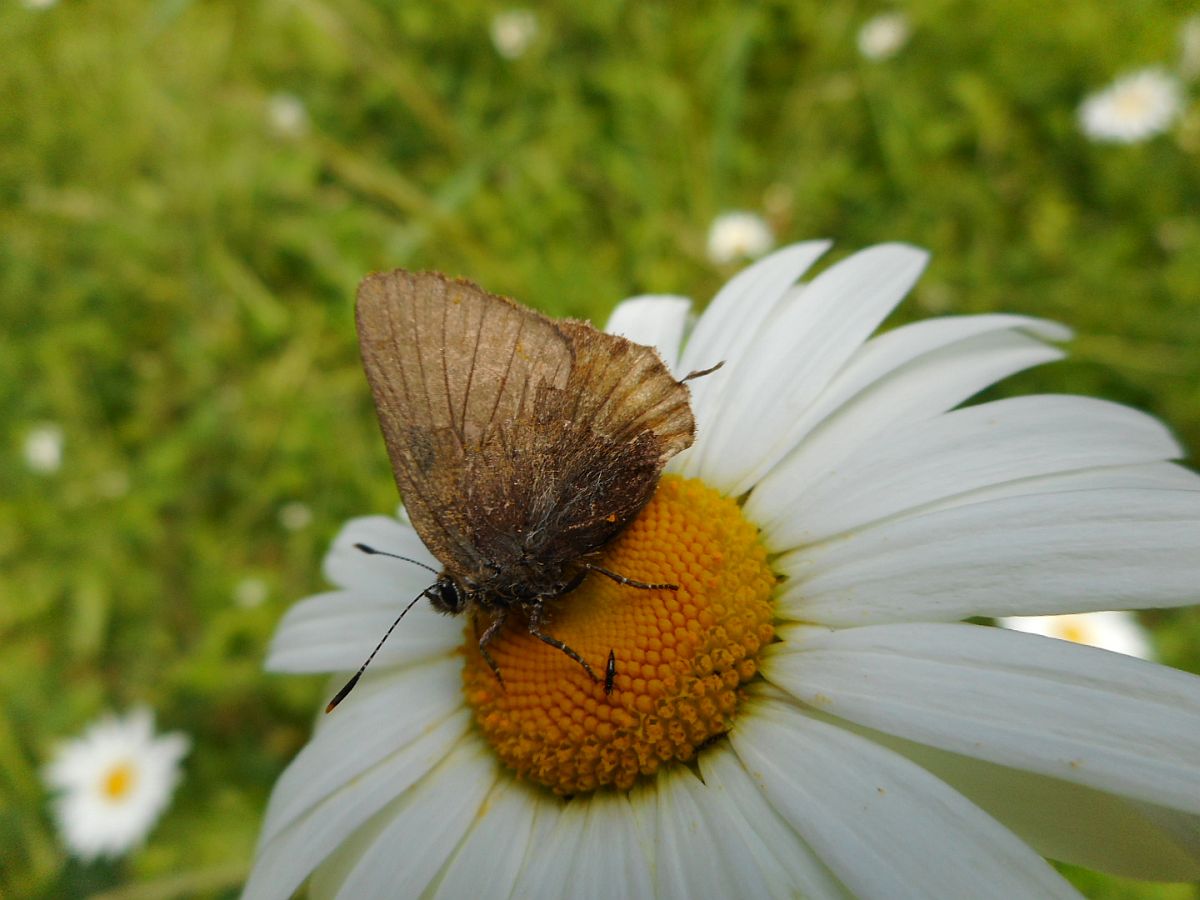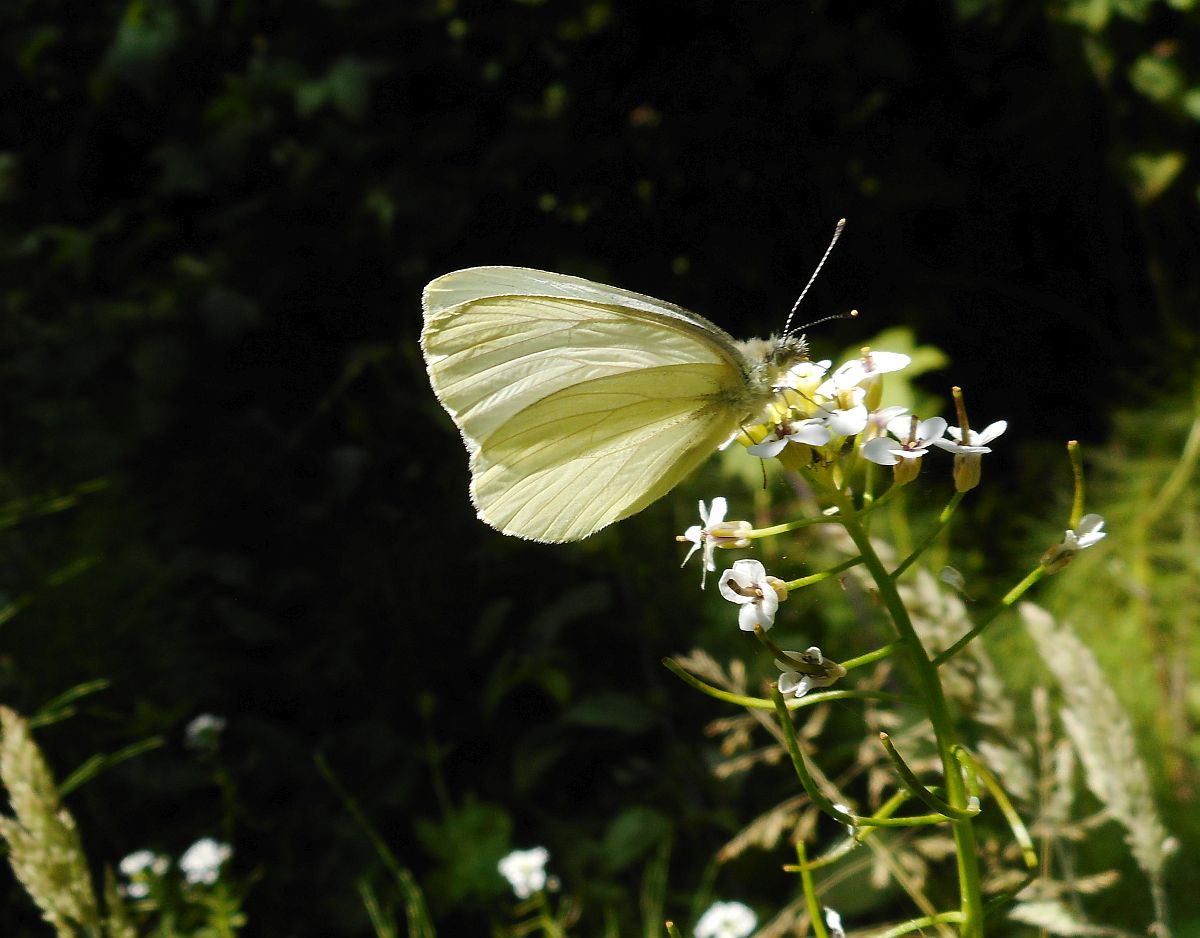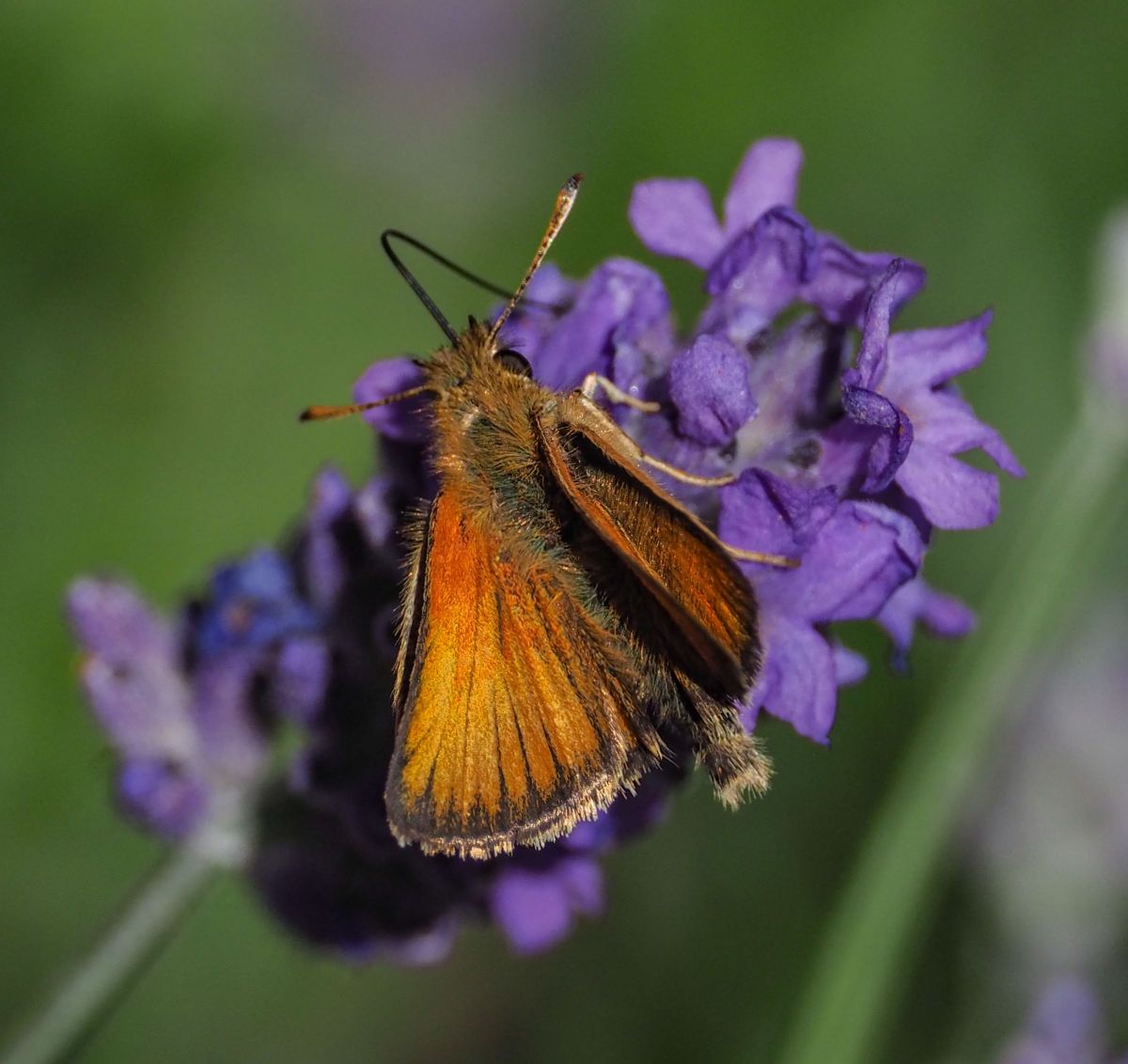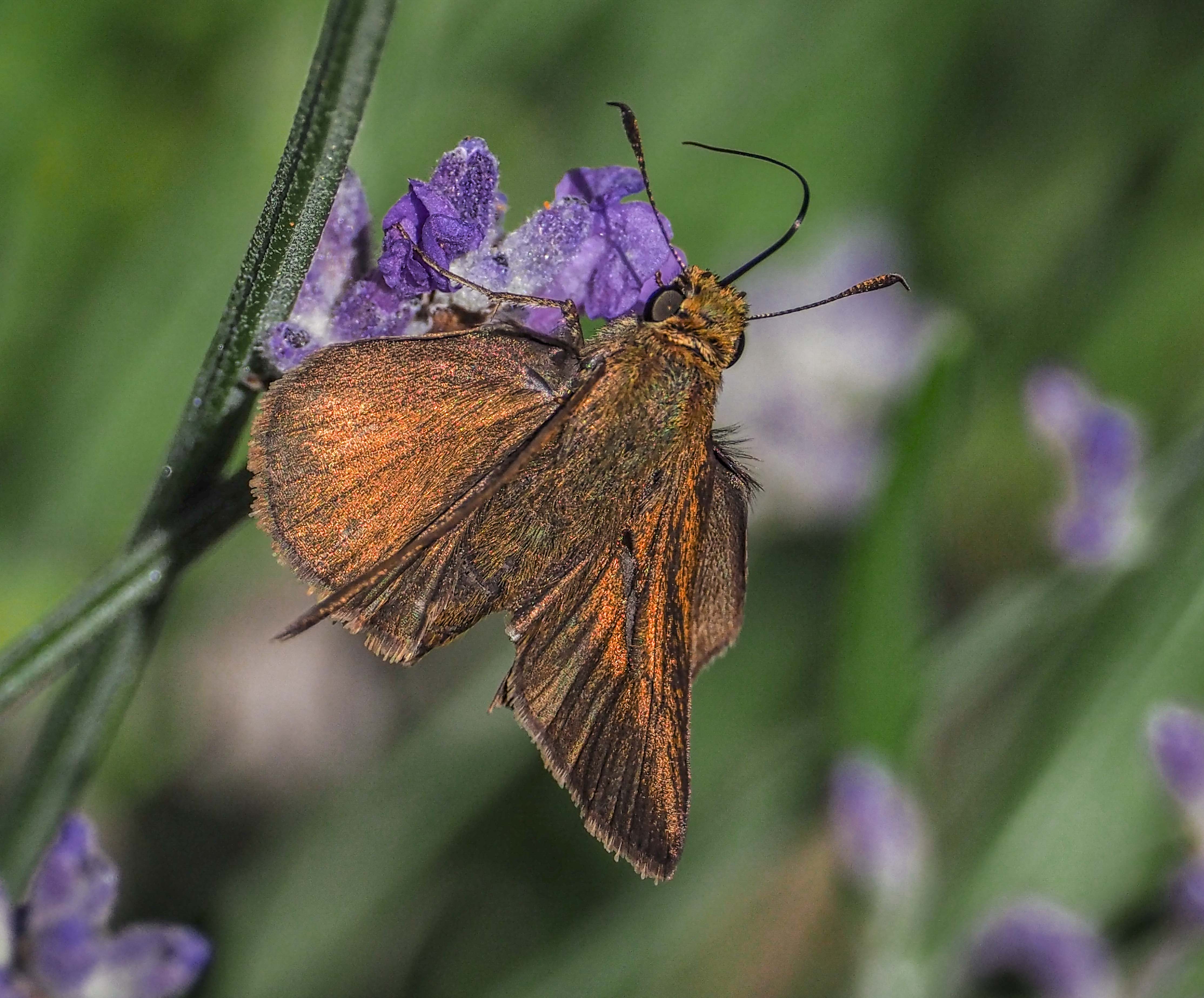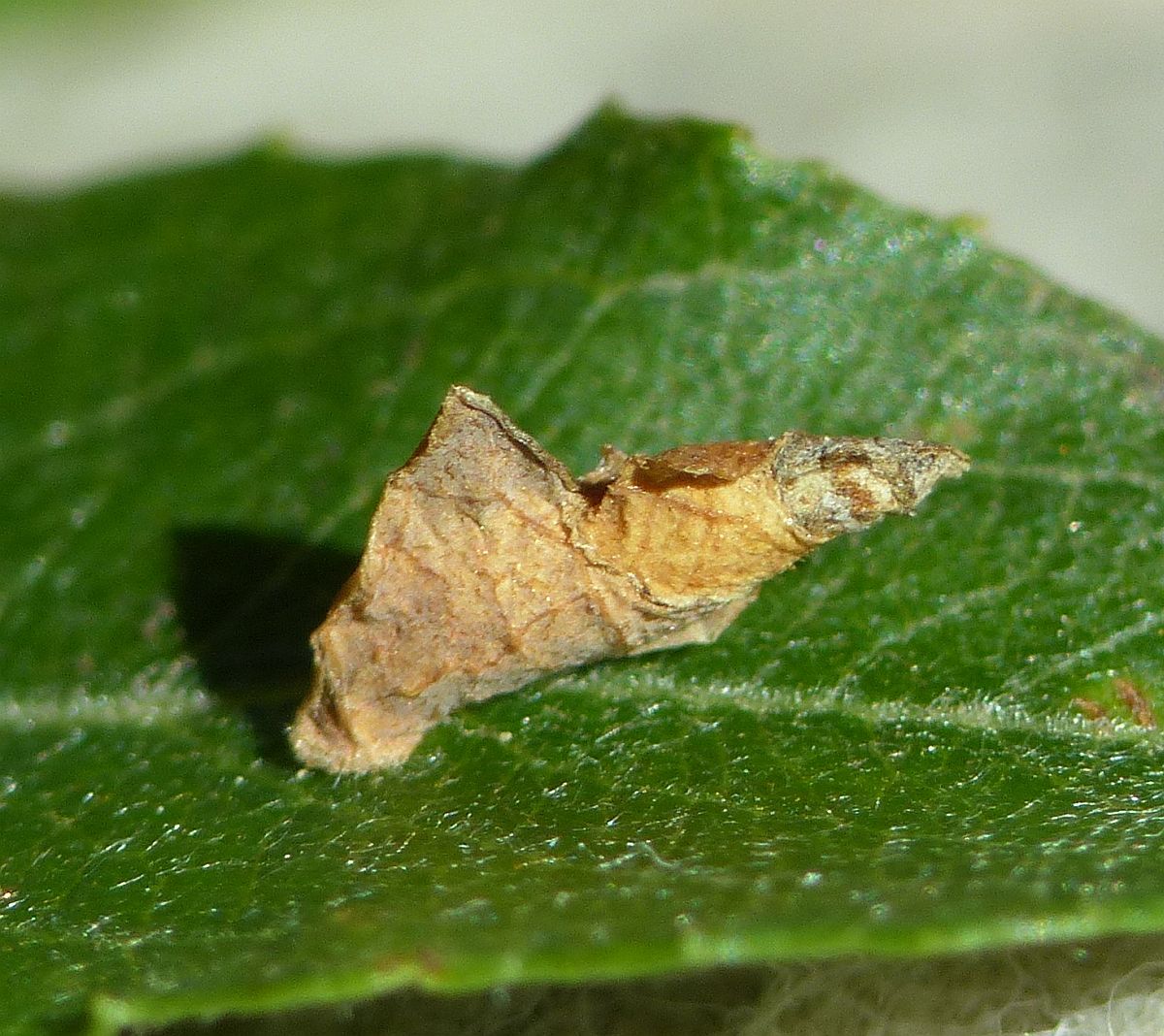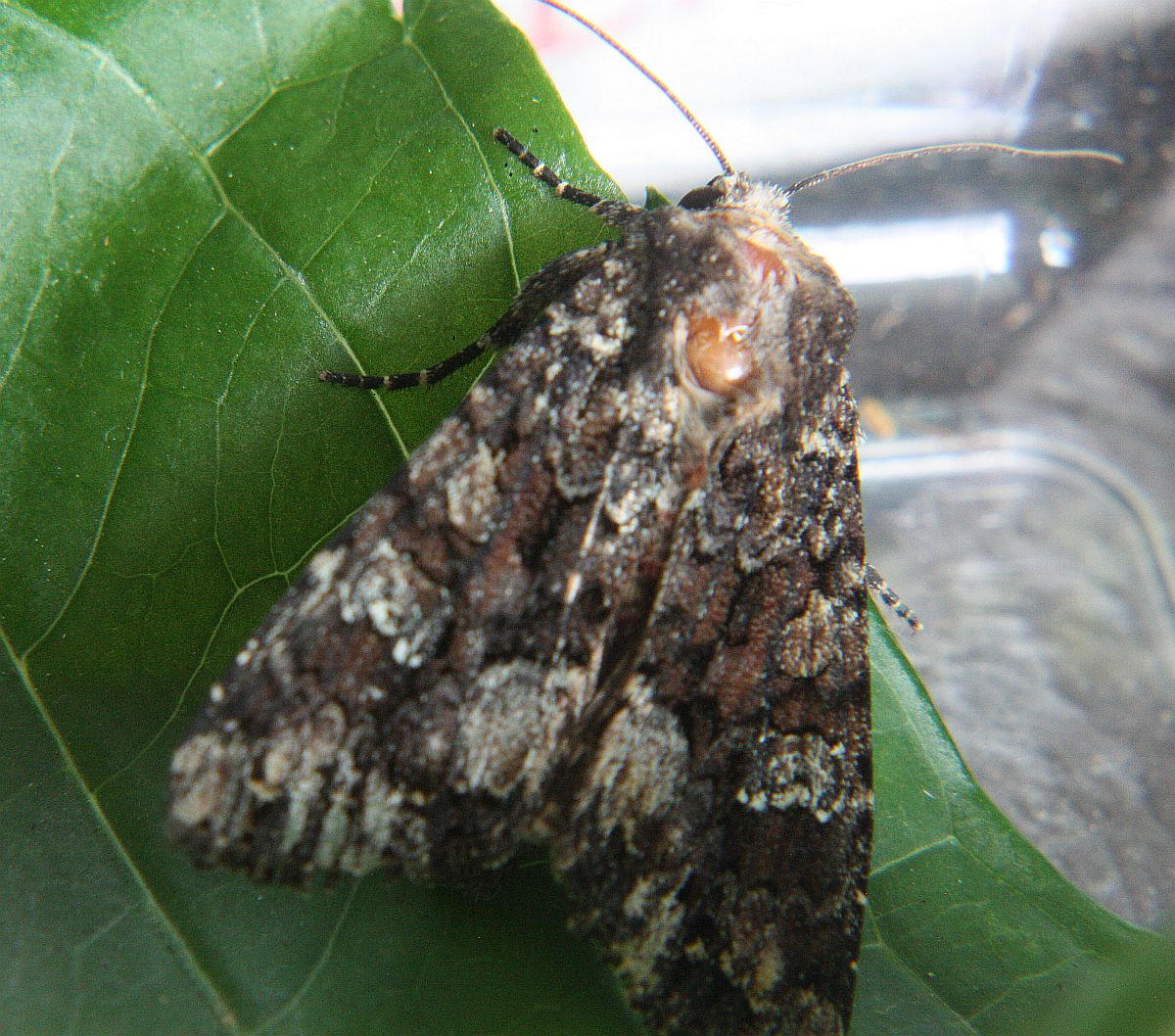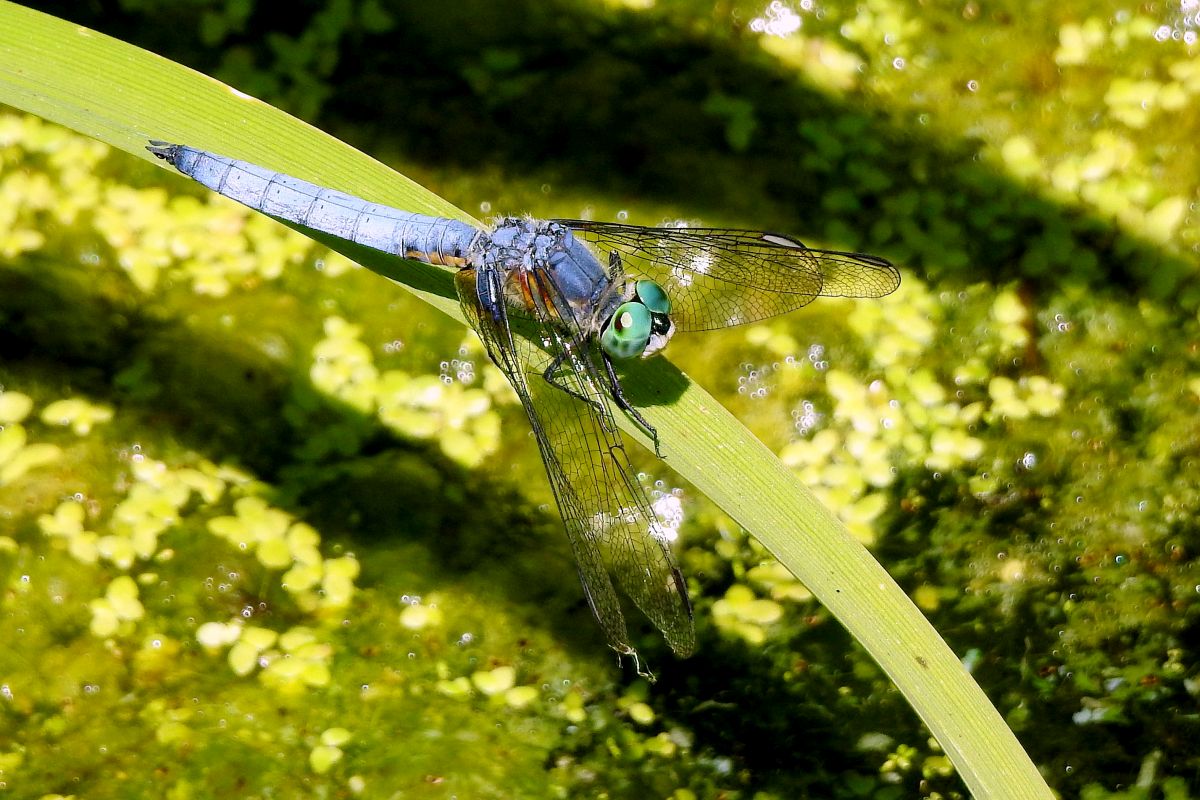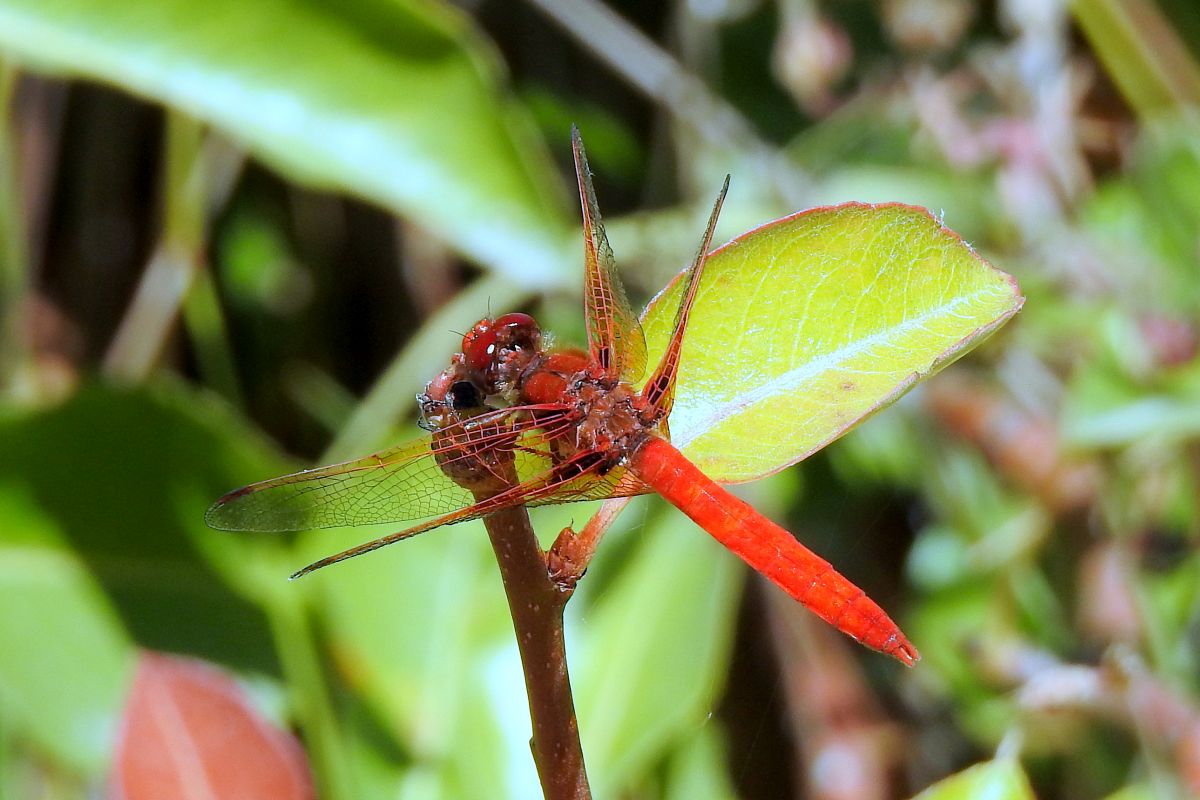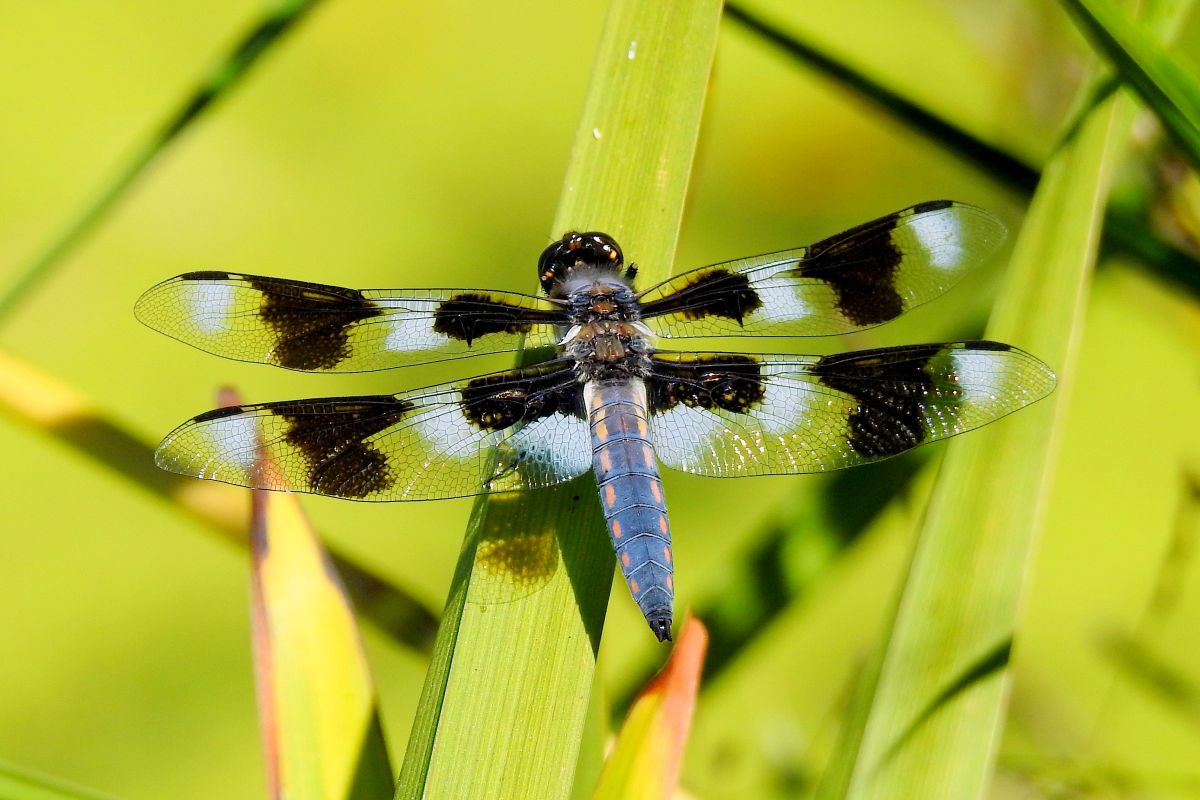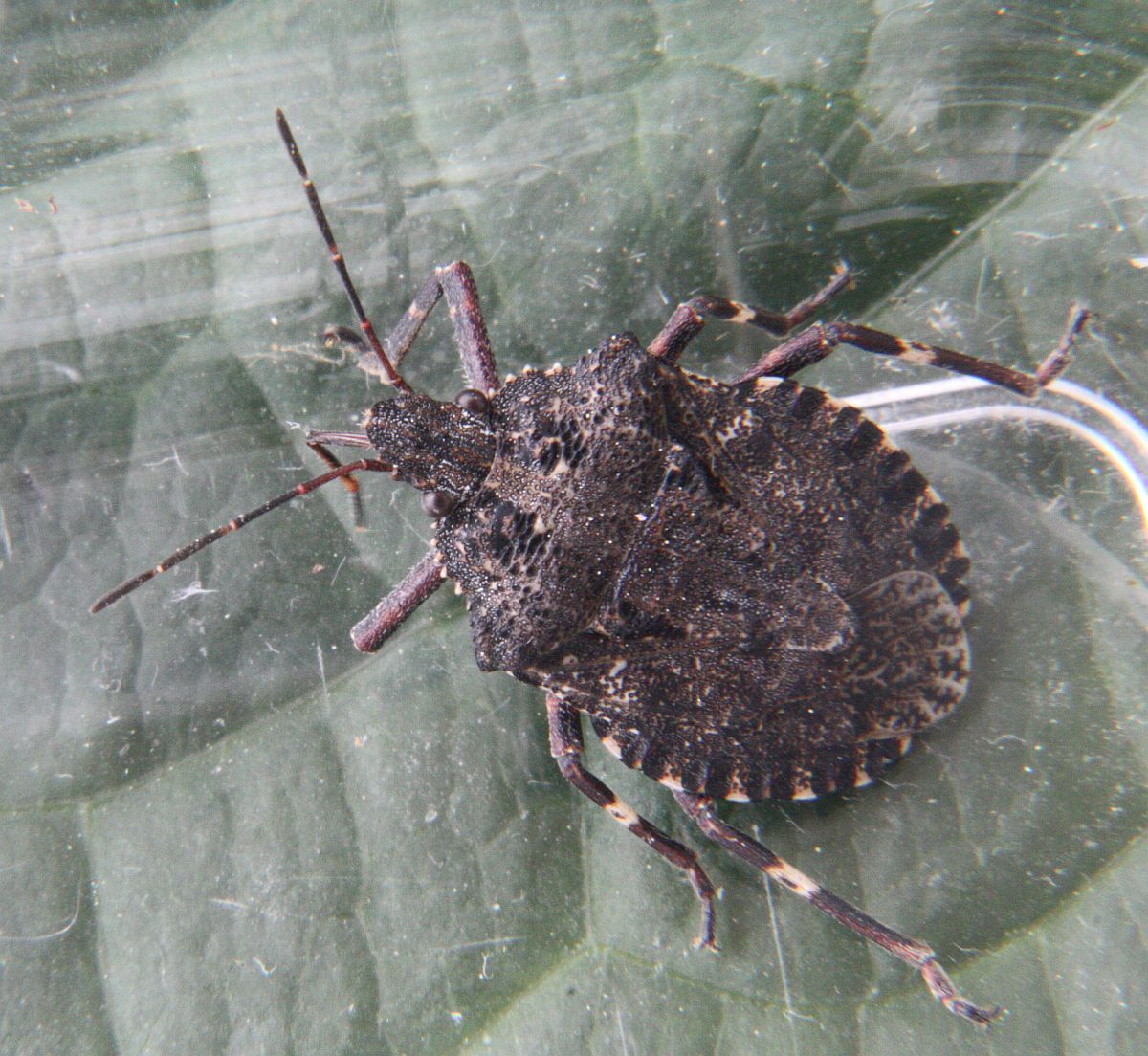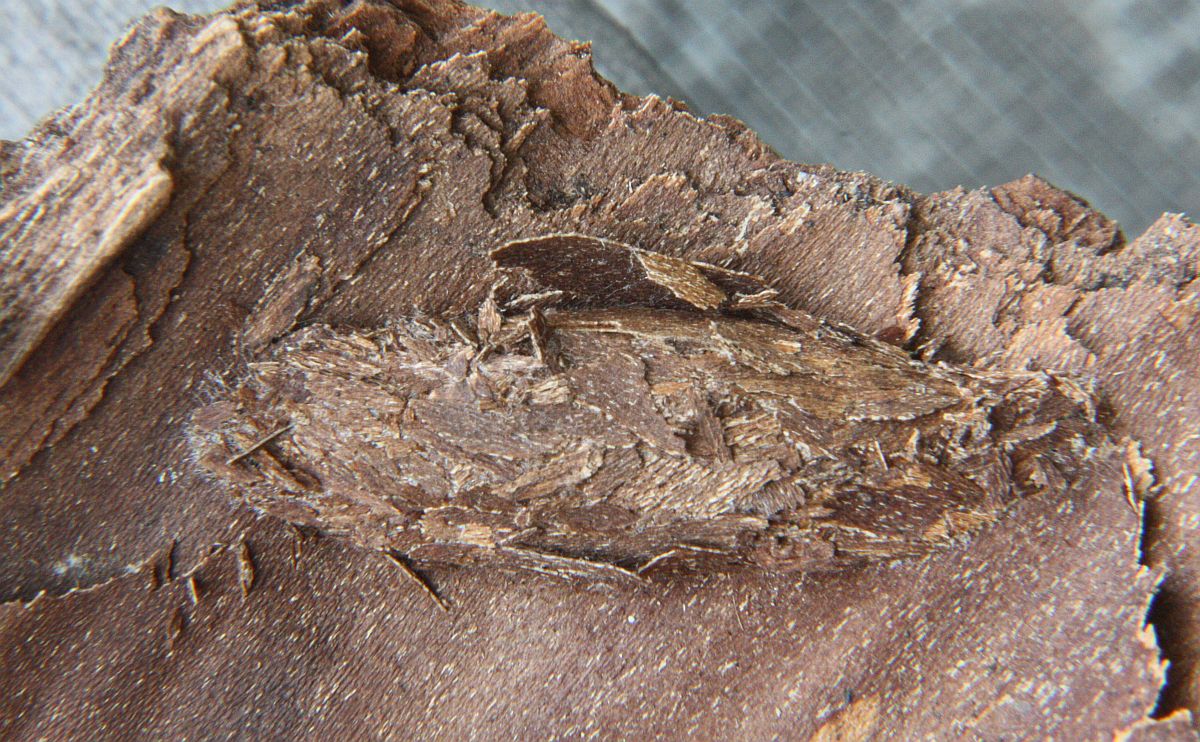2018 June 29
Val George writes: Yesterday, June 28, this Small Magpie Moth Anania hortulata was settled on my backyard fence in Oak Bay.

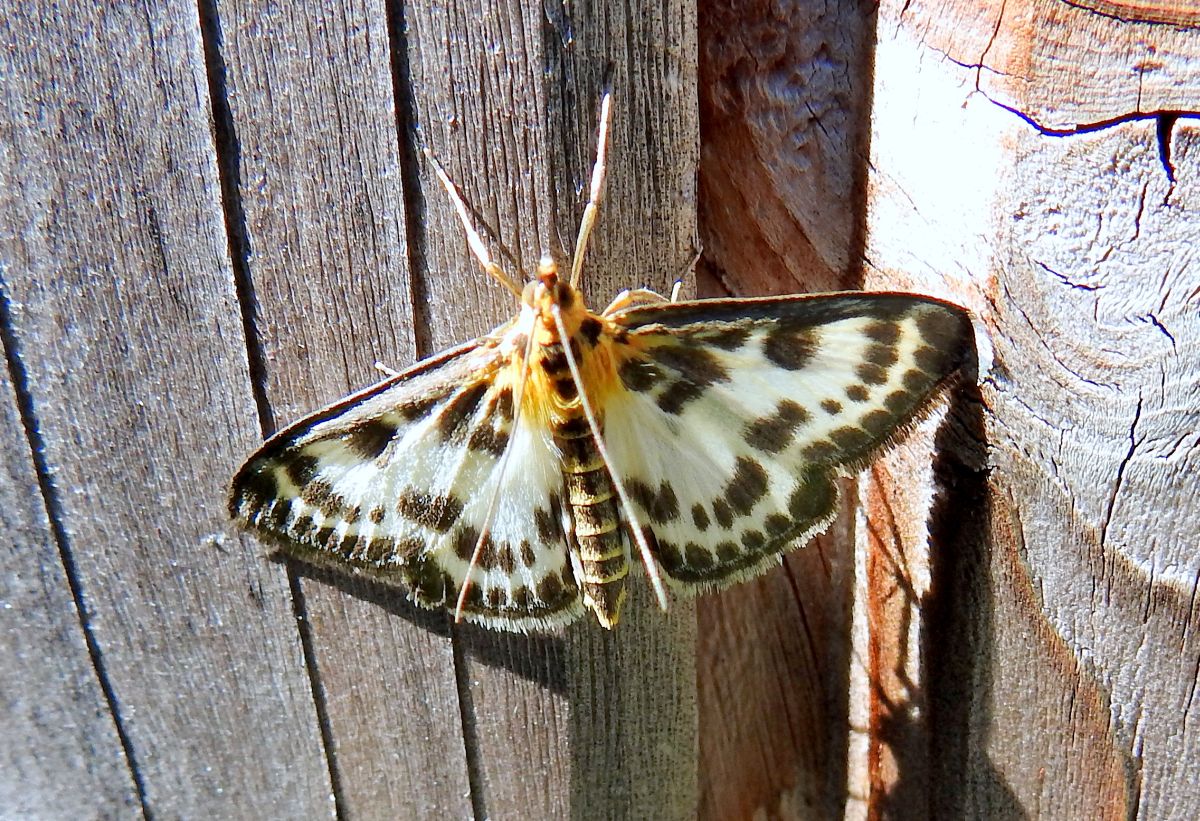
Small Magpie Moth Anania hortulata (Lep.: Crambidae) Val George
Jeremy Tatum comments: This is yet another species that has suffered name changes. For many years this was Eurrhypara hortulata in the family Pyralidae. Now its family and genus have both changed. The frequent name changes affect more and more organisms – some might even say “most” of them. It needs to be understood that many of these name changes are based not so much on new “discoveries” but on what an author means by the very concept of “species”. There is no unique definition of “species” and it is difficult to estimate how many variations in the concept have been proposed over the years. The two best-known such concepts are the Biological Species Concept and the Phylogenetic Species Concept. The former is what many of us grew up with. The more modern phylogenetic concept relies heavily (some might say too heavily) upon genetic DNA “bar-coding” and places less (some might say no) weight upon the external appearance of the organism. Those of us who lack the necessary training in biology are hardly in a position to judge which is the “best” system, and what is the “correct” name for an organism. It is fair to point out, however, that the frequent (in some cases almost annual) name changes do make difficulties for poor souls such as those who run a web site such as this one – and especially who have to maintain its index – and have to decide what to call a particular animal. This particular moth has been listed only a few times on this site and is listed in the index under Anania hortulata. There is more difficulty with organisms that have appeared dozens of times over the years on this site and which have suffered name changes during these years. It is not practicable to change the index entries and picture captions in such cases. When searching for an insect in the index, it is perhaps best to search under the species name alone, omitting the genus, for the species may have been placed in different genera by different authors.
A further minor complication is that English names are not always helpful either. For example, this moth, the Small Magpie Moth, is not remotely related to the geometrid Magpie Moth.
Here is a beetle that I saw walking across some furniture in my Saanich living room today just when I was sitting down in an armchair hoping to relax:

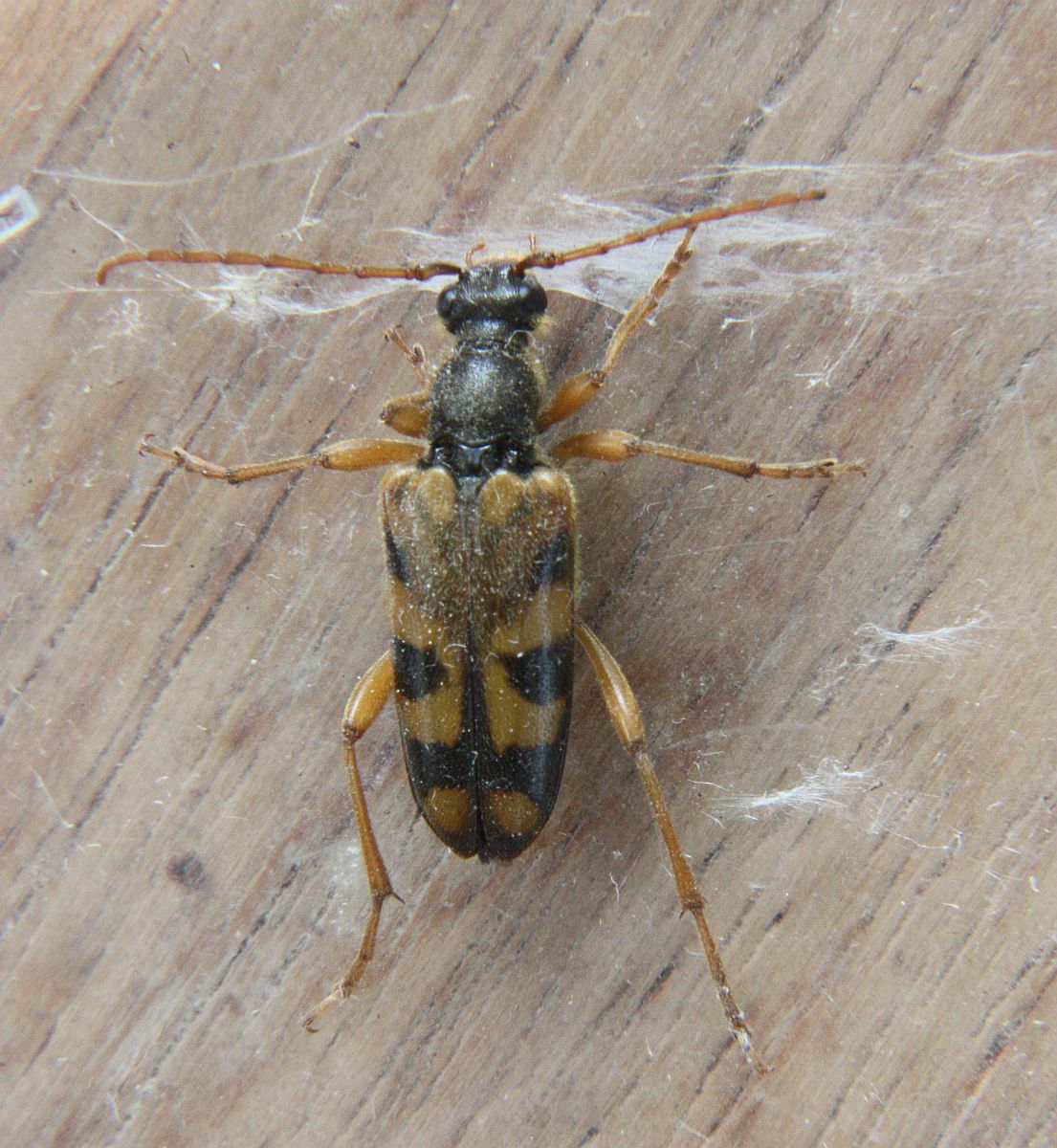
Xestoleptura crassipes (Col.: Cerambycidae) Jeremy Tatum

